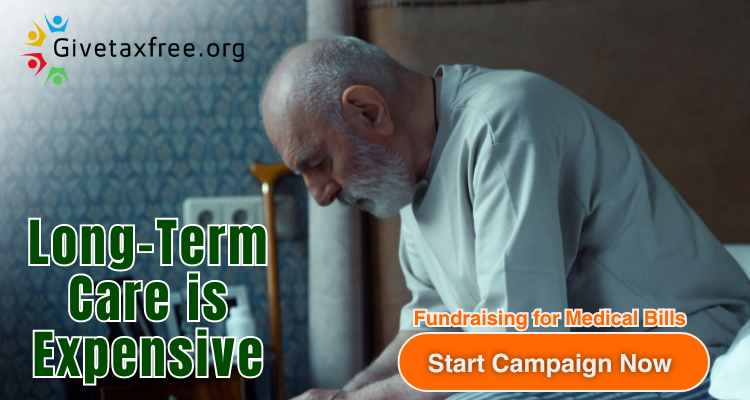Heart & Stroke Presents…
Stroke Month 2024 – Optimizing CVT Care and Outcomes: Closing the Evidence to Practice Gap
Recorded on June 13th, 2024
Presenters
Thalia Field, MD, MHSc, FRCPC
Stroke Neurologist
Jennifer Mandzia, MD, PhD, FRCPC
Stroke Neurologist
Aviva,
Person with Lived Experience of Stroke
Moderator
Patrice Lindsay, RN, PhD, FWSO
PWLE Engagement Strategy and Stroke
Intended Audience
Health professionals across the continuum of care, people with lived experience of stroke, family members and care supporters of persons with lived experience. Heart & Stroke staff, members of the public, and system leaders may also find this webinar informative and helpful. All are welcome to join.
About this Panel Presentation
Cerebral Venous Thrombosis (CVT) is a less common type of stroke, that more commonly affects women, with the majority under the age of 50. This type of stroke is not well understood by many clinicians and therefore, can result in delayed recognition and management. A new Canadian Stroke Best Practice Recommendations module that focuses on CVT is in publication. This webinar will open with an overview of the current evidence base surrounding CVT. It will then explore the unique needs and perspectives of individuals living with CVT, with a focus on practical guidance and resources to support recovery. Important highlights from the new Canadian Stroke Best Practice Recommendations will be shared, informing clinical management to support better outcomes. The webinar will then close with a question-and-answer period.
Learning Objectives
• Review and describe current state of Cerebral Venous Thrombosis evidence, and highlights from the new Canadian Stroke Best Practice Recommendations, Cerebral Venous Thrombosis 7th Edition module.
• Explore risk factors and common signs and symptoms related to Cerebral Venous Thrombosis.
• Discuss and explore the needs of people with lived experience of Cerebral Venous Thrombosis, with a particular focus on young adults with stroke.
• Discuss resources and supports available to people with lived experience and care supporters.
The information is intended for use by healthcare professionals for reference and education only and is not intended to be a substitute for a physician’s advice, diagnosis or treatment. You should consult your physician for personal health matters













![Why the right exercise matters for weight loss from peri-menopause to post-menopause [Video]](https://cancerrecoverygiving.com/wp-content/uploads/2024/07/mp_350301_0_WomenonSwissBallswithPTjpg.jpg)
![Mission: Sustainable Health for Bupa [Video]](https://cancerrecoverygiving.com/wp-content/uploads/2024/07/mp_350024_0_BupaMSHHurricaneHerojpg.jpg)
![Health at heart of UK general election: Conservatives, Labour vow to fix NHS • FRANCE 24 English [Video]](https://cancerrecoverygiving.com/wp-content/uploads/2024/06/mp_348098_0_0jpg.jpg)
![Hidden Gem: Little Lake Market serving fan favourite foods with a focus on gut health [Video]](https://cancerrecoverygiving.com/wp-content/uploads/2024/06/mp_347603_0_littlelakemarketpuslinch169445331719570320969jpg.jpg)

